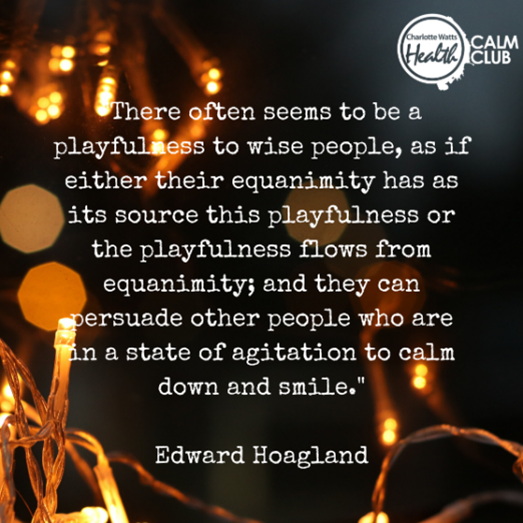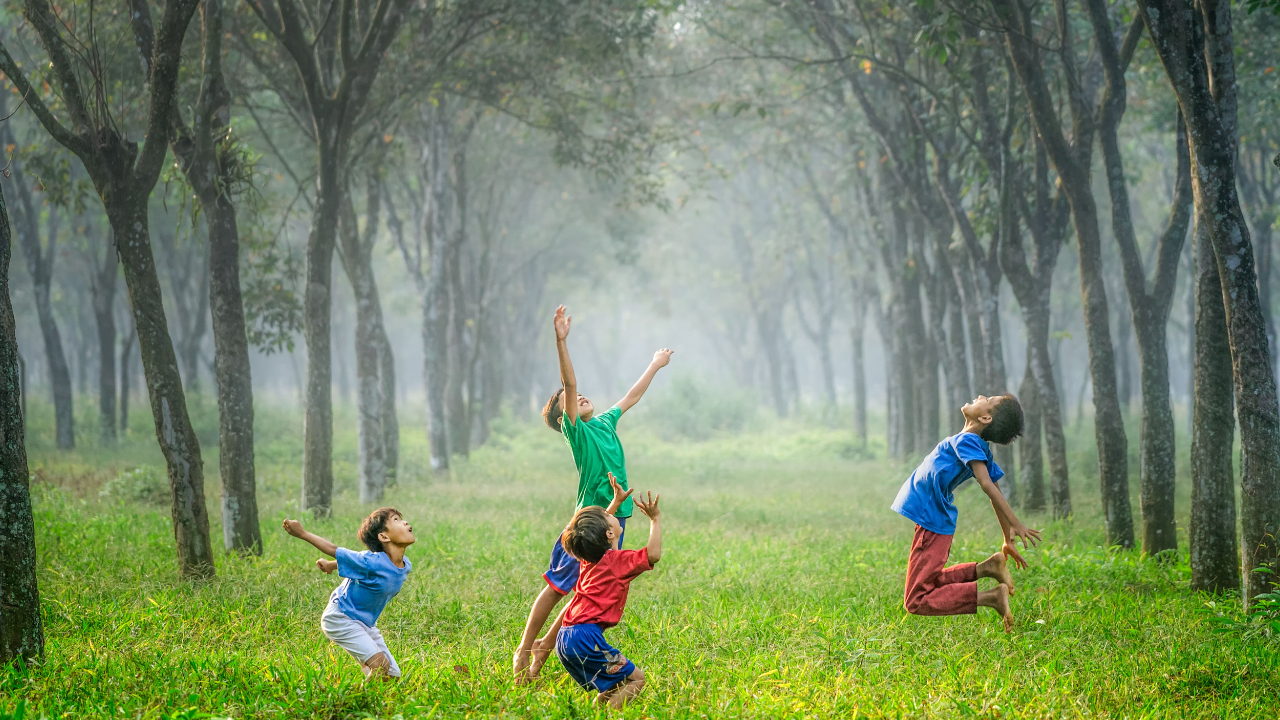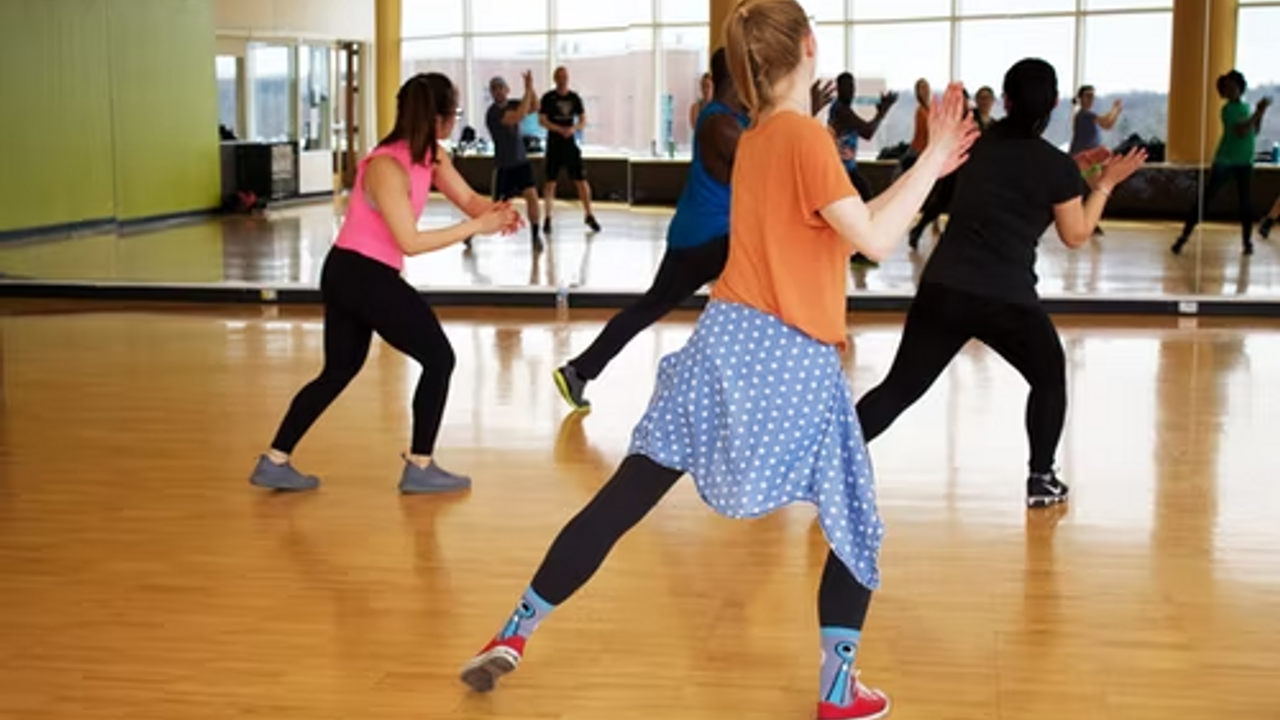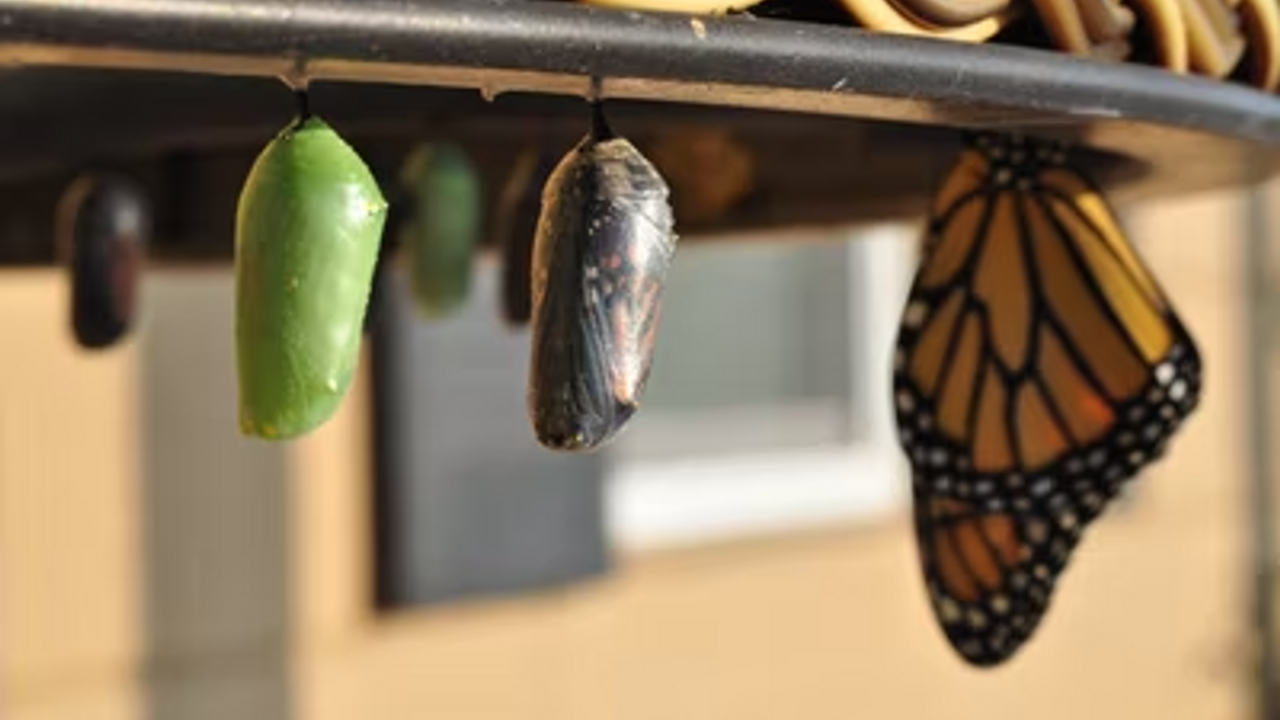Our skin is the place where we both meet the world and show ourselves to it. How we are feeling and our level of vitality often shows up on our skin, with many of us using make-up to change or enhance this presentation. When we’re feeling tired or run down we can also feel more vulnerable and feel the need to hide what we might perceive as flaws with a little help – create the mask we want people to see. Looking after ourselves on a deeper level can help both how our skin looks and how we feel in relation to others around us.
The skin is the largest organ in the body, weighing on average 5kg. It is classified as an organ because it is made of layers of different tissue, which have different roles. Skin not only acts as container for the insides of the body, it acts as a barrier to infection and other substances. It also allows us to touch, plays an important role in temperature control, is a site of elimination and also produces vitamin D.
Lymph and blood vessels provide skin with th...
The term ‘grounding’ is often used in yoga classes and in relation to any activity that helps to draw us into a sense of the present moment.
But what does grounding actually mean? What qualities and physical attributes make grounding as important part of our practice?
To not be grounded in life at any moment is to feel that we're not really there. That includes a full physical sense that we are somehow off and away, that we are off in our heads, even “away with the fairies”!
This removal from a sense of where we are at that moment, can even move into feelings of dissociation where can experience a complete disconnect from mind and body.
This state has been associated with the ‘out of body’ experiences sometimes viewed as a spiritual high, but often has its roots in trauma.
In yoga, opening into the higher echelons relies on solid roots; fostering grounding through the lower chakras (pelvis and belly) to meet the subtleties of the higher chakras up into the head.
Grounding is real...
Supporting our bodies through challenging times
We all have those bodily signs that seem to pop up when life’s challenges build to a crescendo. Although these can seem pretty benign, it’s good to watch the signals and be able to respond to them with dietary solutions. Periods of stress use up most nutrients more quickly as our whole systems – eg. energy, brain responses, hormones, immunity – are all working at a higher and faster rate. So some symptoms associated with different vitamin or mineral deficiencies can show up and alert us to possible deeper long-term effects of chronic stress. The food sources shown can help replace used nutrients, but also reducing sugar and stress means our diets are naturally more nutrient dense and we spare our resources.

B vitamins and Minerals
Firstly, let’s look at the B vitamins and minerals that we use up quickly in the stress response to make the energy, hormones, enzymes and neurotransmitters we need for that levels of reaction. Even if we d...
Dr Stuart Brown, researcher and founder of The National Institute for Play, has identified eight “play personalities” that can help you find out what kinds of play work best for you:
The Collector: You enjoy building collections, such as collecting stamps or vintage cars.
The Competitor: You enjoy playing (and winning) games with specific rules, like playing for a neighbourhood soccer league.
The Creator or Artist: You find joy in making things, or making things work. You might enjoy doodling, woodworking, decorating, fixing machinery, or sewing.
The Director: You enjoy planning and directing, like hosting themed birthday parties.
The Explorer: You play by discovering something new, either physically (a new place) or mentally. You might play by going on a vacation to a new place or discovering a new type of music.
The Joker: You enjoy being silly and foolish. You might enjoy improv theatre or simply making your friends laugh.
The Kinesthete: You enjoy moving your body as play. Y...
The movement practices that accompany this Reconnecting with Playfulness series have a playful attitude…. Not insisting that you move or experience in ‘right’ ways, but rather from a deeper sense of connection. Listening to your body tissues, rather than simply placing them into instructed places. Yes, this within a framework of instruction and suggestion, but there is explicit permission to listen inwardly and respond how feels right for you. 
A framework can be helpful to begin this process so we can derive some sense of safety from containment and a place to begin. From there, we can cultivate curiosity about a relationship with ‘less is more’. This is where these practices can be an important foundation for any other stronger bodywork we do. Whether a more dynamic yoga practice, running or gym work, when we need to move into stronger postures or movement, strength that is sustainable and doesn’t injure needs the capacity for us to relax, breathe fully and keep a soft attitude with...
Play as children is how we learn about relationships, literally play out scenarios and develop our physicality and how our inner feelings relate to the outside world. Sadly, much of these experiential and symbolic expression is inhibited as we get older, as we are conditioned to become more ‘civilised’.
Whilst play can involve spontaneity, expression of larger movements, gestures and emotions, not to mention all manner of noise that can accompany, most adult reactions and responds no longer do. Those adults who express more may be labelled “too emotional”, noisy, childish… all judgments that are rooted in messages that we should be behaving as adults; whatever that construct means!
Similarly though, in our extroverted culture, there can also be an expectation to be fun or credit given for being the ‘life of the party.’ It is not everyone’s natural setting to shout, hold animated public conversations or be the first on the dance floor. Play and playfulness are individual – one person’...
There are different ways in which we can reintroduce a sense of playfulness into our lives. Whether this is getting back to playing games we love, moving a little more within life or simply shrugging off some of our hardened edges, shaking up the well-trodden paths of daily life can feel liberating and joyful – two qualities that help us cope with the brambles we inevitably have to navigate, with equanimity and calm. Here are some ways you can notice your body-mind ready to unlock its playful side…..
1: Play as Gestures through the Hands
Our hands are our most important tool, with more connections between brain and hands than any other body part. How we use our hands shapes how we work, express and play and for many, tension in the fingers and wrists from constant contact with technology feeds directly into rigidity in the jaw, diaphragm and belly.
Our hands may reach for the physical connection that we feel as deep safety in the belly, or hold back from doing so; from fear, trauma ...
We are built to move, but when the motivation comes from fitness or health, rather than as a bi-product of basic survival (procuring food, building shelters, keeping warm, defending territory etc) or celebration (dancing, ritual etc) it can be more challenging to get going on our own. We evolved in tribes and our physicality and psyche move between self-regulation and co-regulation – how we adapt on our own and how we do that in relation to others; we need both and they feed into one another.
The importance of relation
The social engagement system of mammals is often called the ventral vagal complex (the front or ventral aspect of the vagus nerve) and humans have more than others. It helps us to produce oxytocin (the ‘love molecule’) and experience bonding, safety, creativity, happiness and joy. Our ‘vagal tone’ or ability to drop into social states with easy breath, an open mind, tolerance of others, creativity, playfulness and wonder is also a predictor of health and happiness.
Ac...
Natural and primal movements that bring you back to healthy movement patterns
To talk of natural movement patterns, we first need to accept that as modern humans, we are often (if not mostly) in postural habits that have wandered far from our original design and function.
The word ‘primal’ is bandied around much these days, but what does it mean? We can view this terminology – used to describe movement, diet and lifestyle – from two directions; firstly the word itself stems from primary, that which came first. So something primal can be the original in terms of either our evolution as a an individual within that species.
Our personal evolution
This can relate to how we evolved from fish, to reptiles, to four-legged mammals, through to primates and still have the types of motions such animals do within our whole range. We also move through these same patterns from our foetal shape within the womb to the full expression of upright human within our own lifetime (Pediatr Int.,2019 doi:...
Spiky Balls are being seen more and more in shops and fitness studios, but what are they for and how do they work? Firstly, you need a good quality ball, some have shallower ‘spikes’ and a more forgiving surface, these are often referred to as ‘Pilates trigger point release spiky balls’ or ‘Prickle Stimulating Balls’. The texture and responsive surface of this type of spiky ball means that we can move into areas that intuitively feel of benefit, but we are able to move around, modulate and play with pressure and movement as simply feels right.
This is how these balls work on the myo-fascial system, the complex continuum of muscle and connective tissue (fascia) that creates the whole web of our bodies. Meeting this through the surface of the skin can help to reduce muscle tension, improve blood flow, increase body awareness and aid in injury prevention and rehabilitation. Loose fascia is a particular part of the superficial fascia, a web that from under the skin, moves into and between...
Balancing for Physical and Mental Health
Balance is the ability to maintain the body’s centre of mass over its base of support. When this is all working as designed, the fully functioning balance system allows us to maintain clear vision as we move, orient with respect to gravity (ie continually gauge where we are) and determine direction and speed of movement. All of this in the blink of an eye, whilst making the automatic body adjustments to maintain posture and stability in changing activities and conditions.
The challenge that balancing brings constitutes a ‘good stress’ (eustress) for both mind and body. This is a stress (or provocation to a reaction) that prompts us to adapt, focus and have no choice but to stay with the task. It does not tip us over into survival mode or readying for a full-on threat (distress), but does help to raise resilience, where we can handle challenge coming in with more capacity to stay present and open to what the situation needs as it changes.
Bala...
"What does strength with ease mean?" It's a fairly broad question which myself, Leah Barnett and Leonie Taylor have been discussing.
We have been considering this question within the yoga philosophy, coming from this yoga sutra Sthira Sukham Asanam (meaning “postures should be steady, stable, and comfortable”) as a guidance to this idea of ease or comfort and steadiness in terms of practise. The scope of answers to this question are extensive, especially considering that we all have different experiences in many different practices, whether they are still or more fluid, internal or external. This question is very contextual and open to interpretation. It can be considered in terms of where we are in the physical strength of a pose, or where we are emotionally in our lives.
Strength with ease can be looked at in terms of finding our own boundaries, both internally and in the way we meet the world around us. We can look at this idea of ease in terms of approach and withdrawal, where we...
















